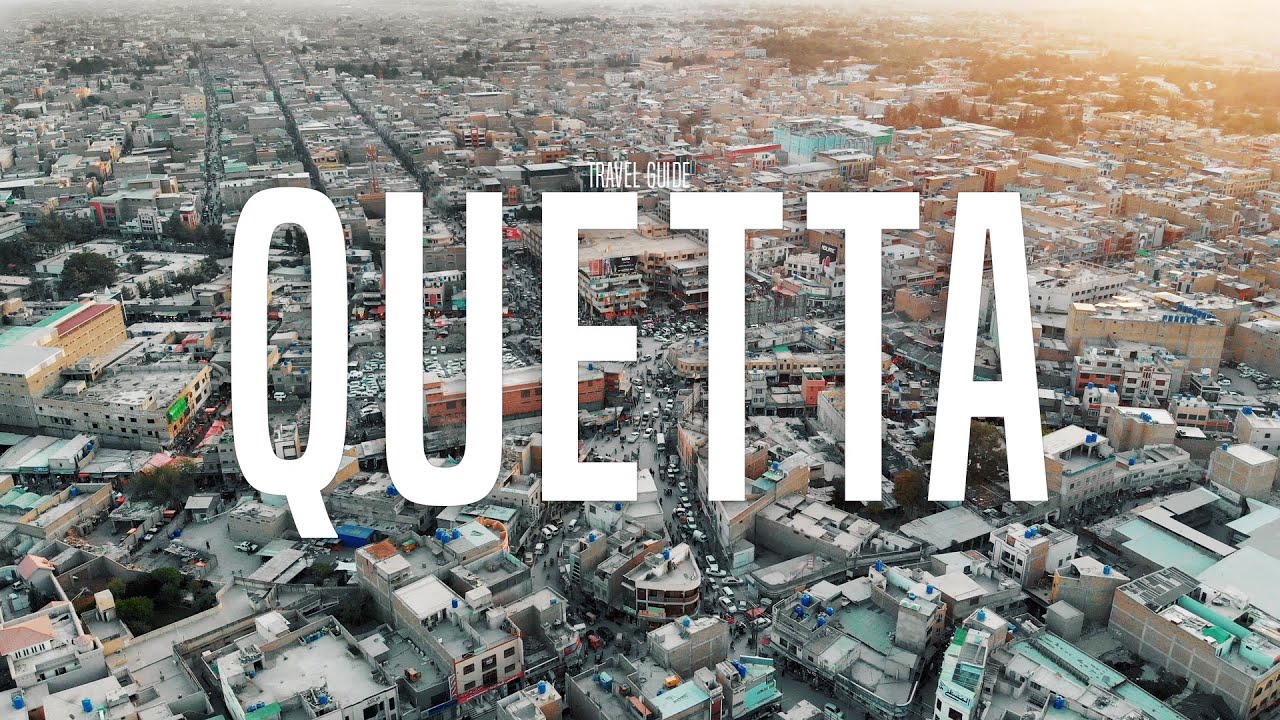Quetta (Pashto: کوټه Kwaṭa; Balochi: کویته; Urdu: کوئٹہ, Hazaragi: کویته [ˈkʋeːʈə] (About this soundlisten); formerly known as Shalkot[4] (Pashto: شالکوټ)) is the provincial capital and largest city of Balochistan, Pakistan.[5] It was largely destroyed in the 1935 Quetta earthquake, but was rebuilt and has a population of 4,678,932 according to the census of 2017.[6][3][7] Quetta is at an average elevation of 1,680 metres (5,510 feet) above sea level,[8] making it Pakistan’s only high-altitude major city. The city is known as the “Fruit Garden of Pakistan,” due to the numerous fruit orchards in and around it, and the large variety of fruits and dried fruit products produced there.[9]
Located in northern Balochistan near the Pakistan-Afghanistan border, Quetta is a trade and communication centre between the two countries. The city is near the Bolan Pass route which was once one of the major gateways from Central Asia to South Asia. Quetta played an important role militarily for the Pakistani Armed Forces in the intermittent Afghanistan conflict.
The immediate area has long been one of pastures and mountains, with varied plants and animals relative to the dry plains to the west. The first record of Quetta is from 11th century CE, when it was captured by Sultan Mahmud Ghaznavi during his invasion of South Asia.[11] In 1543, Mughal emperor Humayun came to Quetta en route to Safavid Persia, leaving his son and future Mughal emperor Akbar here. In 1709, the region was a part of Afghan Hotak dynasty and stayed a part until 1747 when Ahmed Shah Durrani conquered it and made it a part of Durrani Empire. The first European visited Quetta in 1828, describing it as mud-walled fort surrounded by three hundred mud houses.[12]
In 1876 Quetta was occupied by the British and subsequently incorporated into British India.[11] In 1856, British General John Jacob had urged his government to occupy Quetta given its strategic position on the western frontier.[13] British Troops constructed the infrastructure for their establishment. By the time of the earthquake on 31 May 1935, Quetta had developed into a bustling city with a number of multistorey buildings and so was known as “Little London”. The epicenter of the earthquake was close to the city and destroyed most of the city’s infrastructure, killing an estimated 40,000 people.[14]
Places To Visit In Quetta City
Hanna Jheel Quetta
Hanna Urak Quetta
Wali Tangi Dam Quetta
Spin karez Dam Quetta
Al Dubai kuchlaq For Rosh (Quetta Traditional Food)
Taj Fish Shop Toghi Road Quetta
Dasht
Kholpur For Mashallah Hotels Chai
Watch The Last Vlog Here : https://youtu.be/hLKVVA62oxw
Lets Be Friends On Facebook :
http://www.facebook.com/JazibSamuel
Follow Me On Instagram :
http://www.instagram.com/jazibsamuel
Follow Me On Twitter :
Tweets by jazibsamuel
Music For Youtube :
https://www.epidemicsound.com/referral/2139vl/
Subscribe To My Channel Here: http://www.youtube.com/JazibSamuel
For Business Email AT :
[email protected]
Outro:
Ivan B: Sweaters
https://www.youtube.com/user/Official…
Tweets by Ivanbnw
#pakistan #Balochistan #QUETTA
source

